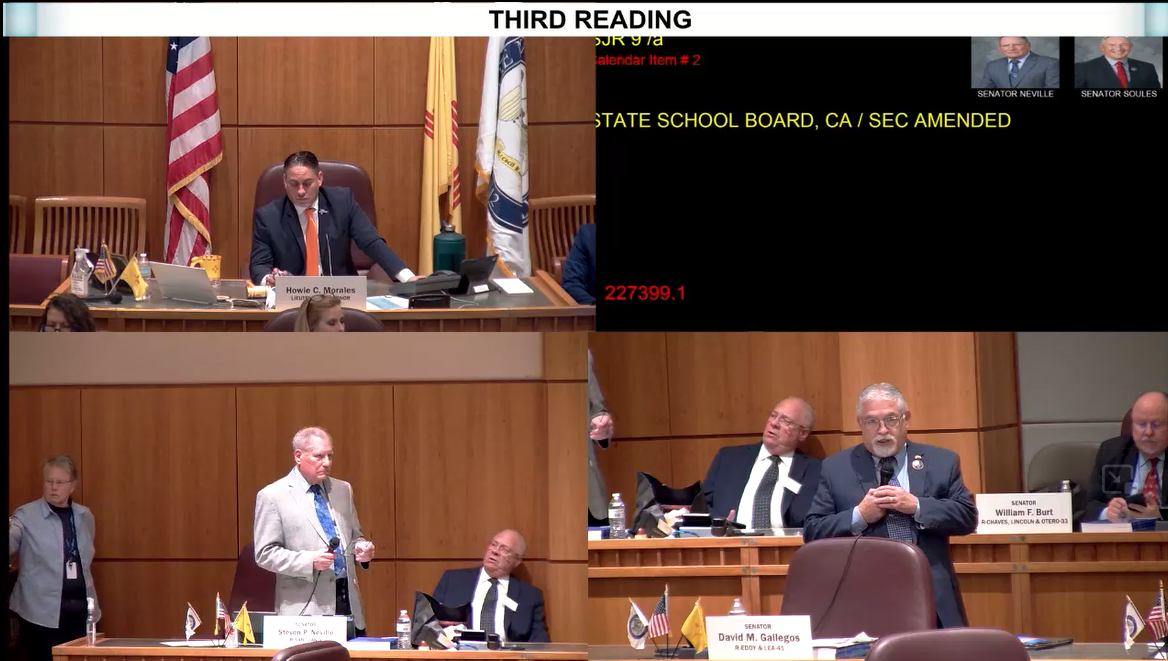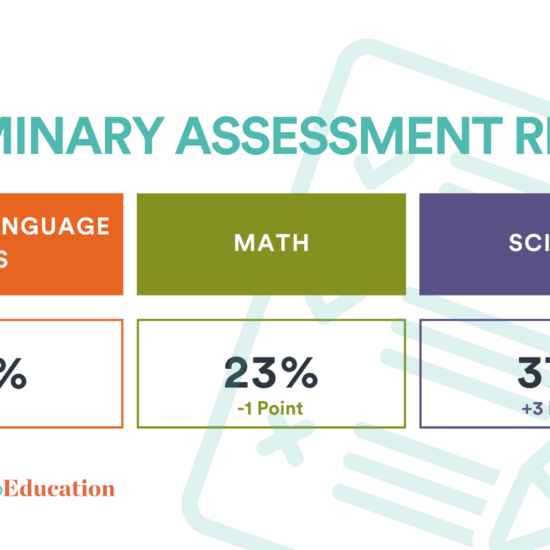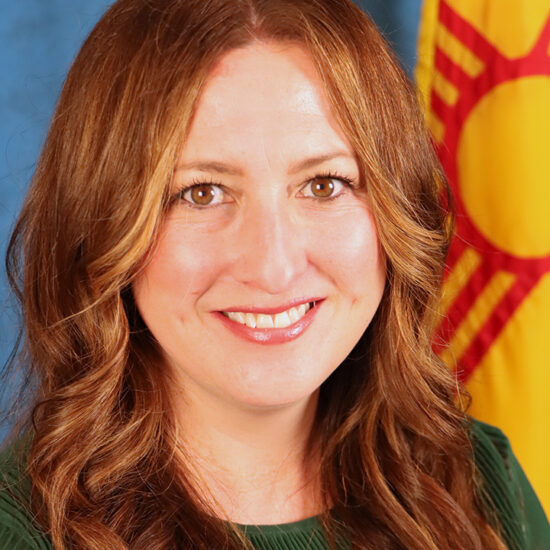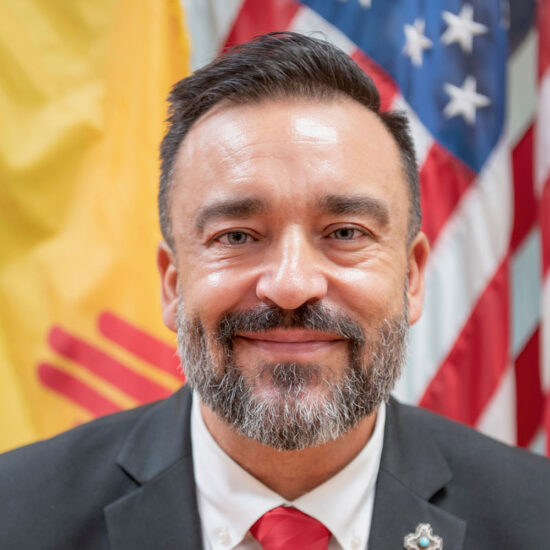
The New Mexico Senate voted 34-1 today, passing Senate Joint Resolution 9, which seeks to replace the existing education governance structure by removing the role of Secretary of Public Education and introducing a State School Board
.The proposed constitutional amendment aimed at restructuring the state’s education governance comes five years after the Yazzie-Martinez lawsuit declared the state is not doing enough for its students. Legislators have been upset about the lack of student achievement improvement considering the significant increases in funding that have poured into the system.
Senator Shannon Pinto (D – McKinley and San Juan) said that this legislation will negatively impact the tribes and pueblos of New Mexico by denying tribes representation. This resolution does require at least one appointed member of the proposed State School Board be a tribal representative. “The tribal collaboration for my district was not really a tribal collaboration,” Pinto said, arguing that the tribes would be negatively impacted. “I don’t feel like we’re moving forward,” she said.
During the Senate debate, Senator Bill Tallman (D – Bernalillo) raised questions about the effectiveness of the bill, asking if it was merely “rearranging the chairs on the Titanic.” Senator Steven P. Neville (R – San Juan), one of the bill’s sponsors, defended SJR 9, emphasizing that it would bring stability to the education system, although the results may not be immediate.
Senator William P. Soules (D – Doña Ana), another sponsor, echoed this sentiment, highlighting the importance of consistency in education policy changes and expressing optimism about the long-term positive impact of the amendment on the state’s education outcomes.
SJR 9 was introduced by Soules, Neville and Mimi Stewart (D – Bernalillo)
The lone dissenting vote came from Pinto.
The resolution will now be referred to the House of Representatives where it must be passed in at least one committee and then clear a floor vote. If successful there, New Mexicans will decide whether to approve the constitutional amendment during the 2026 general election.







